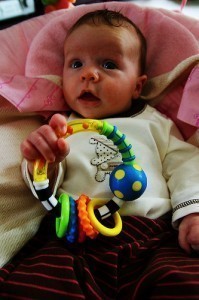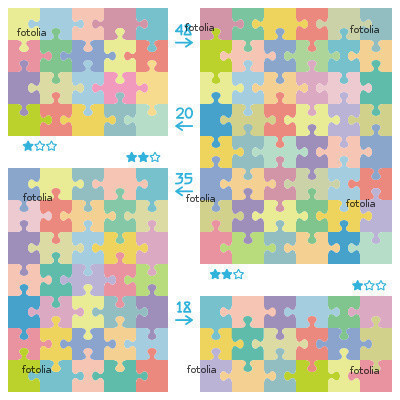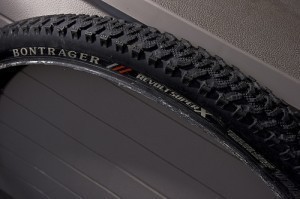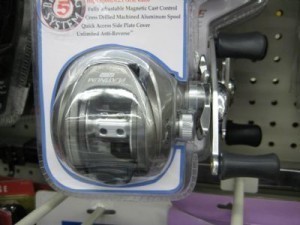Sizes of Baby Rattles
Babies love to explore and their initial foray into exploration is touching, feeling and tasting anything that they can get their hands on.
They also begin paying attention to the sounds they hear around them and as they start to develop their sense of hearing more, you will notice that their heads will turn towards the direction of the sound.
Baby rattles help babies develop their senses and aid them in their explorations, trying to understand things around them. These baby rattles come in a wide variety of styles and designs.
There are likewise various sizes of baby rattles.
Sizes of Baby Rattles
Sizes of baby rattles depend on how simple or elaborate the design of the specific rattle is.
Whatever the dimensions however, sizes of baby rattles are determined in a way that babies can easily grasp and hold them to have a closer look at the toy, look at the colors and shake the rattle to their hearts delight.
One of the most common designs of baby rattles is a ring of rattles where one big ring holds several colorful smaller rings sometimes in animal shapes and sometimes just a plain ring in various colors.
Sizes of baby rattles of this design are usually around 8 inches in diameter for the main ring and 5.9 inches in diameter for the smaller rings; with both types approximately 2.5 inches thick.
Sometimes, the rattle doubles as a teether. This is usually made from soft rubber materials and may come in solid colors or may also come in various print designs.
Among the sizes of baby rattles that also double as a teether are about 4.5 inches in diameter and 2 inches thick.
There are likewise rattles that measure 5.5 inches in length by 3.6 inches in width by 1.5 inches thick. These may come with balls one each end of the rattle filled with rattle pellets and sometimes bells.
Choosing Baby Rattles
Since the babies will be holding and putting the rattles in their mouths, biting or licking; it is very important that you choose rattles made from non-toxic materials.
You should also make sure that the rattles will not break easily since babies will most likely pound the rattles on surfaces or toss these off.
More than checking for longevity, the hard-to-break feature will ensure that that small pellets or rattlers inside will not fall off. The babies may suddenly put these in their mouths which could result in choking.





